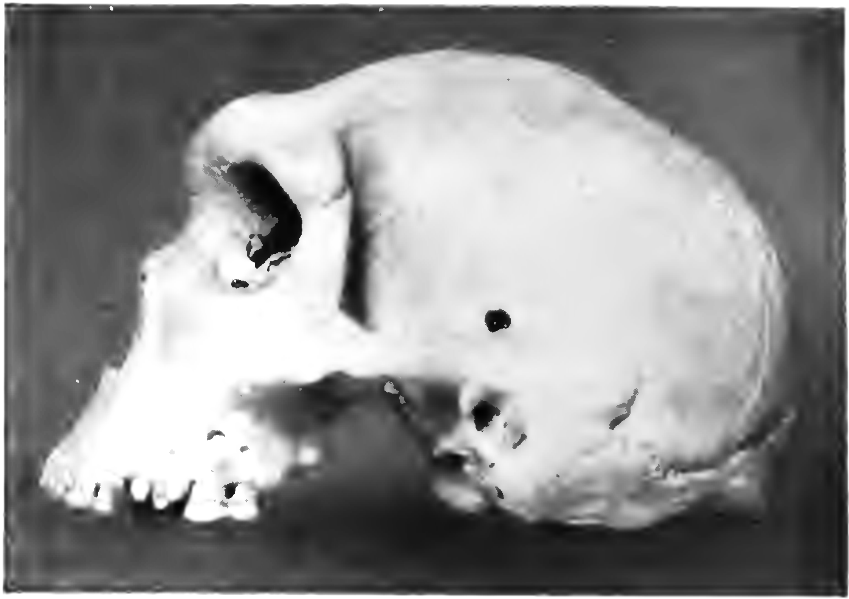<![CDATA[Archaeologists working in Al Khiday, a pre-historic site on the White Nile in Central Sudan, extracted chemical compounds and microfossils from plaque on ancient teeth and found that our prehistoric ancestors do know more about the importance of a plant-based diet than we thought. The research was led by a researcher from the Universitat Autonoma de Barcelona and Honorary Research Associate at the University of York, Karen Hardy. She and her team found that the ancient people living in this area fed upon the purple nut sedge, which is considered a weed today. As a matter of fact, it is considered to be the most expensive weed in tropical and sub-tropical regions because it takes up a lot of resources in getting rid of them. But the ancients found them to be essential, not only for their diet but also for medicinal purposes. The bones that were observed were discovered at an archaeological site in Al Khiday, 25 km of south of Omdurman. This place is full of history, having burial sites from the pre-Mesolithic, Neolithic and Later Meroitic periods. Because of the site's rich history, researchers were able to discover that these plants such as the purple nut sedge and other plants were eaten before and after agriculture began. The purple sedge may have been eaten because they inhibit a bacteria that causes tooth decay, and the ancient people may have realized this. Hardy and her team used different techniques to extract the plaque from the teeth to see what exactly the ancients ate. Hardy states that these plants were not the only ones that were eaten. She found traces of smoke, which gave evidence for cooking other plants. The chemical analysis on the teeth was done by a research fellow at the University of York's BioArCh research facility, Dr. Stephen Buckley, and found that the purple nut sedge in particular was a staple for the different time periods that were looked at. Dr. Donatella Usai, from the Instituto Italiano per I'Africa e I'Oriente in Rome, who led the excavation efforts, states that a large population of people lived at Al Khiday for a very long time, and the research shows that they made good use of the resources that were made available to them. The study was published on the online web journal PLoS ONE, and on the team were Karen Hardy, Dr. Stephen Buckley, Dr. Usai, and Durham University Department of Archaeology researcher, Dr. Tina Jakob, who analyzed the human remains at the site. Hardy states that this research has changed the way the archaeology community looks on the diet of the prehistoric people. It is still widely believed that the ancient man's diet was entirely made up of or mostly made up of meat. The research on the dental calculus and the microfossils will open new doors into how the diets of the prehistoric man is studied and analyzed, and how the diet affected the environment in terms of both flora and fauna. ]]>
Researchers Discover Evidence of Plant-Based Diet in Prehistoric Man
